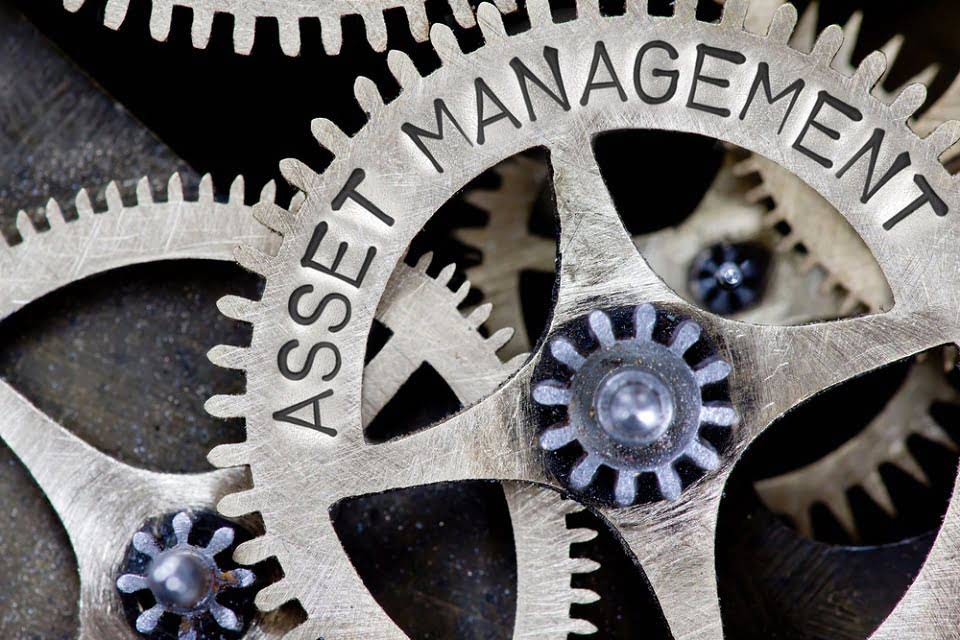
The good news is that if revenue and production drop, so too do your variable expenses. If you’re earning less but you also have to pay less, it’s not a giant problem for cash flow. For example, an electrician might have to factor in costs such as tools and vehicles, whereas an accountant might need to pay for computer equipment and office rent. Both businesses could also share common expenses such as insurance, staff wages, and marketing and advertising costs. Understanding these costs helps you manage your budget effectively, allowing for flexibility in financial planning.
Types and Examples of Expenses in Accounting

For example, a utility expense incurred by your business in April would be recorded as https://geabcon-group-winterdienst.de/international-bank-account-number-wikipedia/ an expense in April itself if you are following the accrual basis of accounting. However, because you are following the cash method of accounting, that expense would be recorded in May, when you paid actual cash for covering it. You would have to break down your business’s expenses and revenue in your income statement.
How to figure out expenses in accounting?
From managing recurring tasks and team workflows to cleaning up uncategorized transactions with ReCats, everything is built to trial balance help you stay organized and save time. These predictable costs are essential to keep the business running, even when revenue dips. Beyond tracking the right expenses, it’s also important to record them at the right time. That’s where the expense recognition principle, also known as the matching principle, comes in. Lastly, you can even make your bookkeepers or accountants, or CPAs a part of your Deskera Books account by giving them access through an invitation link.
Types of monthly expenses
- These are those expenses that vary a lot, mostly from month to month, and are part of your company’s largest expenses chunk.
- This helps you avoid unexpected financial surprises and make smarter spending decisions.
- And because net income flows into retained earnings, the reduction in earnings also reduces owner’s equity.
- This principle, which is core to accrual accounting, requires that expenses be recorded in the same period as the revenue they help generate.
- Essentially, you use a certain percentage of your income to build savings and/or pay off your debt before you pay any other expenses.
- It’s important for businesses to carefully monitor their operating expenses to ensure they stay within budget while still being able to provide quality products or services.
In this article, we will explore the different types of expenses, providing clarity on their definitions, implications, and relevance in both personal and business finance. Variable expenses are those expenses that fluctuate based on changes in the level of business activity. These expenses are usually linked to the production or sale of goods and services. Some examples of variable expenses include raw materials, labor costs, shipping fees, and marketing expenses. Variable expenses are less predictable and can vary significantly from month to month.

By reducing some allowances and then reallocating that money to a different category, your spending plan can better reflect your financial priorities. For example, if you want to increase your savings and debt payoff categories, you can reduce your budget for less important expenses such as dining out or clothing. Effective procurement strategies can help businesses manage their expenses efficiently by identifying cost-saving opportunities while maintaining quality standards. By optimizing procurement practices, companies can reduce costs and increase profitability over time without sacrificing performance or customer satisfaction. Recognizing fixed expenses allows you to create a more precise financial plan and manage your cash flow effectively.
Memberships, subscriptions and streaming services

We’ll discuss what fixed and variable expenses are, provide two types of expenses common examples of each, and explore how the two types of business spending are treated in your company’s financial statements. Anything you spend money on to operate your business and generate revenue counts as a business expense. Common business expenses include rent, staff wages, equipment, vehicles, payments to suppliers, and insurance. Discretionary expenses are those expenses that are not essential for the operation of the business but are incurred to enhance the quality of life or promote growth. Some common examples of discretionary expenses include entertainment, travel, and education expenses.
- These expenses are integral to maintaining daily operations and directly impact profitability and strategic decision-making.
- This predictability aids in planning your budget, as you can anticipate these payments without surprises.
- Rewards are subject to the terms and conditions disclosed when you opened your account and any subsequent amendments.
- By categorizing your expenses into these three groups—fixed, variable, and periodic—you gain clarity over your spending patterns.
- In accrual accounting, costs are recognized as they are incurred, independent of when the actual payment is made.
- When you produce more of the goods or services that your business sells, variable costs go up, and vice versa.
At the end of the budgeting period (typically a month), you’ll be able to see a clear breakdown of your spending. The best way to determine your budget categories is to consider what you spend your disposable income on. Of course, there are those typical categories that are common areas of spending for most people. This simple spending approach gets its name from the discipline of saying “no” to overspending.